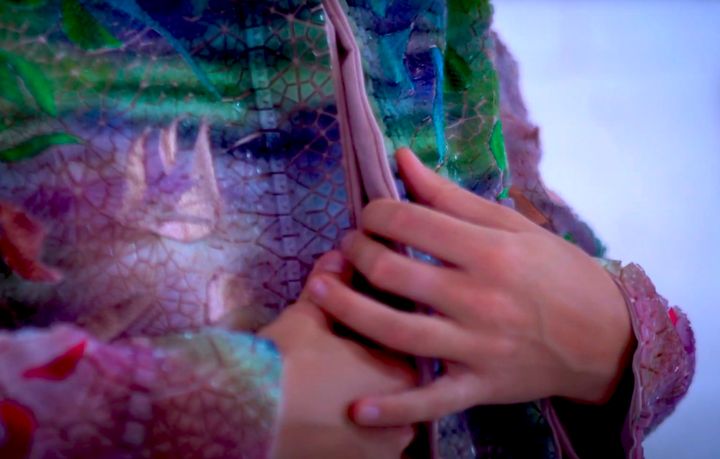
Ganit Goldstein is an Israel designer developing techniques for producing fantastic 3D printed fashions.
According to a report on DesignBoom, Goldstein has been combining several different techniques together to create a powerful approach for producing — and marketing — fitted clothing.
3D Printed Clothing Process
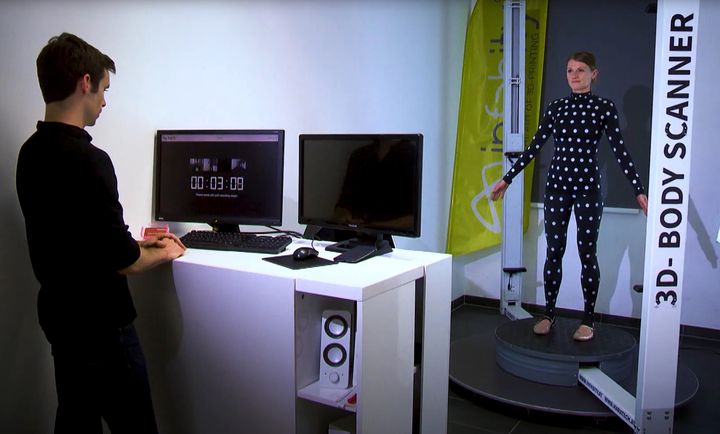
The process starts with a full body 3D scan. This is done to allow Goldstein’s software to understand the true dimensions of the target wearer. The design of the fashion item can be resized to precisely fit the subject, and then the item can be produced on a 3D printer.
Goldstein has been working with Stratasys on this project, as that company has previously announced an initiative to develop fabric 3D printing.
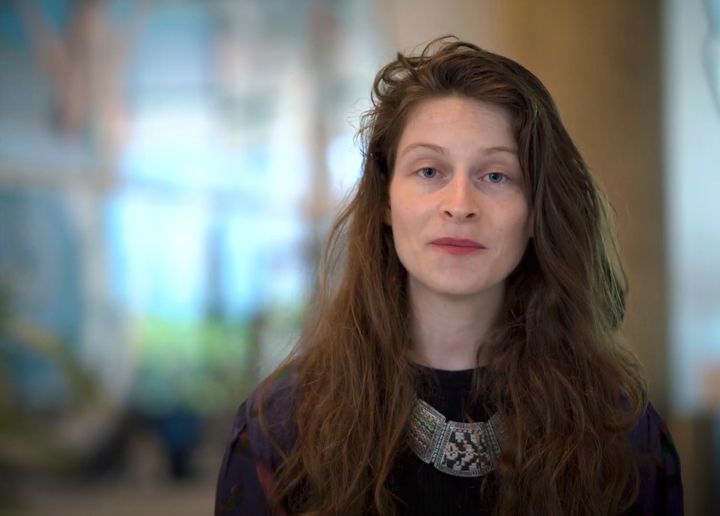
As I understand it, the Stratasys process involved fitting a flat sheet of fabric over top of the build plate in one of their full-color 3D printers, such as the recently announced J55.

The full-color PolyJet 3D printer then prints on top of the fabric, where the material soaks into the fabric to provide a strong attachment. Then the remainder of the print can apply any structure or color desired. Early versions of this approach used gaps between solid portions on top of the fabric to ensure the fabric remained flexible.
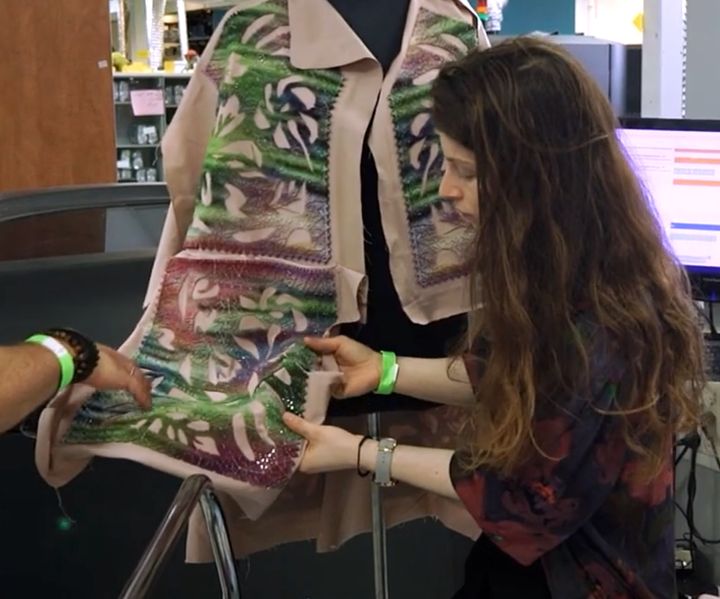
However, it seems they have been doing some work with flexible materials, as the samples shown in Goldstein’s videos appear to be flexing at more places than just the gaps.
Ganit Goldstein 3D Printed Fashions
Her results are stunning and point to a future where astounding fashions will be easily created using the descendants of her process. Remember, this is more than just applying a color pattern to the top of a fabric like one might do with a T-shirt. Instead, this 3D printing actually becomes part of the fabric.
Here’s an interview with Israeli TV where she explains the process in detail:
And another from Stratasys:
Goldstein also employed VR to show off her designs, as hosting a traditional fashion show is simply not practical these days. This approach is also quite interesting, and could itself become a practical method for releasing fashions in the future.
Future Custom Fashion Purchasing
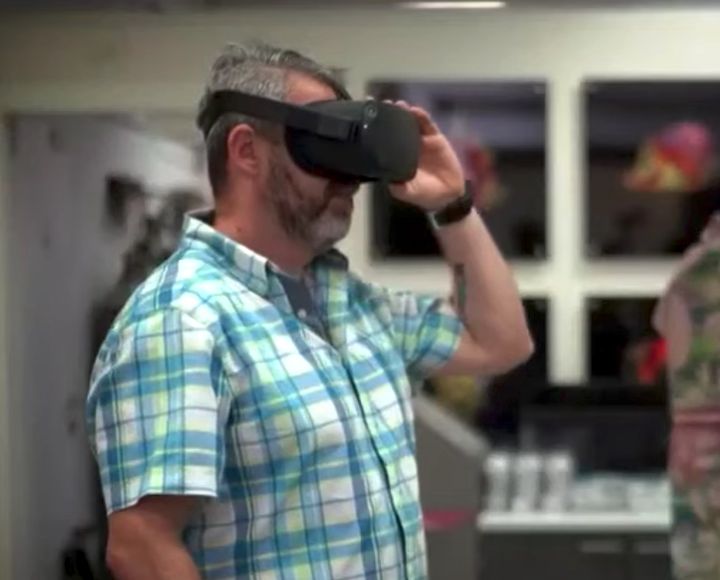
While this work is still experimental — and expensive — it does point us toward a future world where many possibilities exist. One could easily imagine buyers getting body scanned once and holding their “dimensions” in their digital wallet.
Then these buyers could approach a variety of vendors, likely online, to examine fashion items, perhaps using VR. During a purchase, the buyer would supply their dimensions from the digital wallet, and the producer can then 3D print the fashion item in a size that will precisely fit the buyer.
That seems like a world I’d like to be in.
Via DesignBoom (Hat tip to Nicole)
